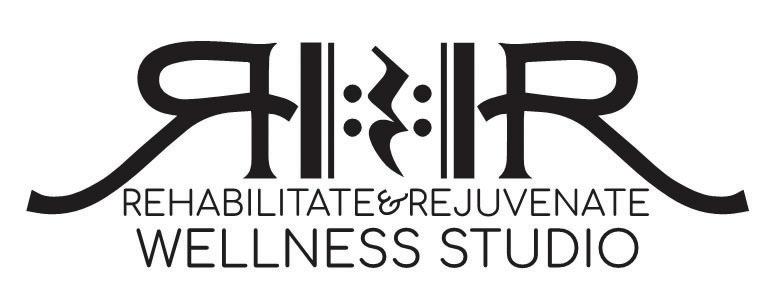
2 minute read
GARDENING
TOXINS AMONG US Certain plant leaves including rhubarb, cabbage, spinach and beet tops, contain oxalic acid.
GARDEN MYTHS
Are rhubarb leaves deadly? BY KATE RUSSELL
Oxalic acid—you’ve heard the warnings, telling how rhubarb leaves and other plant parts that contain oxalic acid should not be eaten. But that’s not entirely accurate. Let’s learn the truth about oxalic acid in the garden.
THE CHEMISTRY BEHIND OXALIC ACID
As an acid, oxalic acid is corrosive. It is used as an industrial bleaching agent and heavy duty cleaning product. Apparently, it works especially well on removing rust. Oxalic acid is also classified as nephrotoxin, which means it can damage your kidneys. Oxalic acid, in the form of calcium oxalate, is the most common ingredient of kidney and urinary tract stones. Oxalic acid can also cause joint pain. At high concentrations, oxalic acid really is deadly. According to the National Institutes of Health, lethal doses range from 15 to 30 mg, though an oral dose of 5 mg has been fatal. In each of these cases, it is the amount of oxalic acid being ingested that is the problem. The levels found in many foods are too low to cause problems. Bottom line, a 150-pound person would need to eat approximately 12 pounds of rhubarb leaves for it to be dangerous. And spinach leaves contain more oxalic acid than rhubarb leaves. That’s why your teeth may feel funny after eating spinach. It’s oxalic acid crystals binding with any nearby calcium to create calcium oxalate crystals. These crystals stick to your teeth for several minutes to an hour.
OXALIC ACID IN NATURE
Oxalic acid is found in a surprising number of food plants that we eat every day. The trick is in the concentration. In fact, oxalates can be toxic to plants, too, but plants bind those oxalates up in crystals that they then use as tiny spears to defend themselves against herbivores. These specialized cells are called idioblasts. Oxalic acid is formed when plants burn sugars and carbohydrates as fuel. Oxalates are also used to balance calcium levels, within the plant, by binding to calcium molecules. This is why some people say eating high levels of oxalic acid can interfere with healthy bones and teeth, but, again, you would have to eat an awful lot—over a long period of time— to cause any real problems. By the way, our bodies produce oxalic acid out of Vitamin C, on purpose. Also, cooking plants that contain oxalic acid has not been shown to reduce oxalate levels.
Armed with this information, I went out to my rhubarb plant and broke off a young leaf and ate it. The flavor was actually pretty nice, something akin to spinach, but lighter. And I lived to tell about it.
Kate Russell is a UCCE Master Gardener in Santa Clara County.
FRAMES $100 OFF
PLUS, 2ND PAIR FREE*
EYE EXAM $69!†

FASHION FOR EVERYONE
MORGAN HILL | 1049 Cochrane Rd. | near Target | 408.778.4633 | SiteforSoreEyes.com The safety and health of our staff and community is our top priority. Please follow our safety protocols during your visit. Call for details.







